We are feeling so grateful and fortunate that vaccines are now becoming more widely available. There is a collective sigh of relief that the end of this pandemic is in sight. However, it’s important to note that not all individuals have access to COVID-19 vaccines yet…a lot of our pediatric population at Children’s National continues to wait for vaccines. So what should you say to a child who is the only unvaccinated person in the house and may be worried?
Validate that it’s hard to be patient
- We know that it is hard to wait. This pandemic has changed our lives for more than a year and it is normal to be hopeful for a vaccine that helps us feel confident that we can remain safe and get back to our regular activities.
- Parents can express that COVID vaccines have yet to be tested/approved for younger kids through research studies; most studies have been focused on adults and older children. The good news is that the research is underway – so kids can be hopeful that vaccines will be accessible to them soon!
- Ending on a positive note when explaining things to kids helps to reduce anxiety/worry and set expectations for hopefulness.
“Why do I have to wait so long?”
- Provide kids with education about how some individuals are more vulnerable than others, especially older individuals or healthcare providers, which is why they are being vaccinated before kids.
- Remind them that kids have to wait their turn but might get the vaccine last because it is unusual for kids to get very sick even if they do get COVID:
- Children infrequently get the severe symptoms that are more common in adults.
- Scientists and doctors are focusing on getting vaccines to those who need it most first…but vaccines for kids are coming!
- Continue to validate disappointments.
- Kids may be missing exciting milestones with friends, achievements (sports championships, competitions, recitals), birthday celebrations – try to find ways to get as close to these experiences as possible while balancing safety.
Validate child worries about their own safety (because they haven’t gotten the vaccine)
- Create open communication. Families should discuss any changes they are making to their family precaution plan now that most of the (more vulnerable) family members are vaccinated:
- Be sure to review with the unvaccinated child your family’s continued precautions to keep them safe.
- Also remind children that the members of your family that were most at risk of getting very sick are now protected, and that adults being vaccinated also means that kids will not spread COVID to their parents or vice-versa.
- Reassure children that you are not forgetting about them and that your family is considering risks to that child (including risk of COVID and also psycho-social risks associated with prolonged isolation) as you make your plans.
- Discuss any changes that you/vaccinated adults and that children will make and discuss how/why you believe this plan will keep everyone safe. For example, parents may choose to go to visit another vaccinated friend. Discuss how coming home to their child after this visit is still safe – vaccines help to reduce spread of the virus.
- Give children a voice. Each family member, including children, needs to be given a voice to share and discuss their concerns, desires and goals with the family precaution plan.
- Parents should ultimately make the choice about the family precaution plan, using recommendations from the CDC and family physicians as needed (if there is a family member with underlying health conditions).
- Every family member, including the youngest children, needs to be included in the discussions about any changes and reassured that each family member’s concerns and health are being considered.
- Knowing the plan in advance helps children feel more safe and secure. Changes to precautions that we’ve told kids for a year are “keeping us safe” can make kids feel very anxious. Be sure to explain that it will take time to re-teach our brains what “being safe” means now (and at each change we make related to this virus).
- Help provide children with language to express their concerns about other family member’s actions given that kids can’t be vaccinated yet.
- For example: It makes me feel _____ when you _____. Please ____.
- Role play using this language.
Deciding on a new “Safety Plan”
Vaccinated parents with one or more unvaccinated children may struggle deciding which precautions to keep and which to change. Can some things return to normal?
- Parents should remember that there is no risk-free option. The extreme COVID precautions come with social isolation that impacts overall physical and mental health.
- Each family will need to make their own educated choices…and there is more than one reasonable approach:
- Some families may continue to be more cautious due to unknowns related to the novel coronavirus (particularly long-term effects) or due to concerns for a young child with underlying health conditions.
- Other families may choose to increase their family’s activities, but using a thoughtful and educated process. Remember to reference the latest CDC guidelines frequently as recommendations change frequently, particularly with new variants emerging.
- Families should consider their unvaccinated children when making decisions in their family’s best interests.
Validate when kids express they want things to go back to normal
- Validate frustration if children are upset to learn that they will not immediately go back to their normal routine.
- Continue to find ways to increase routine and structure for children.
- Seek fun, new activities that change up the routine and fit within your family’s safety guidelines.
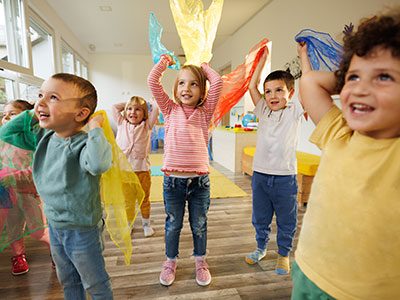 https://riseandshine.childrensnational.org/wp-content/uploads/2025/03/kids-party-feature.jpg
300
400
Rise and Shine
https://riseandshine.childrensnational.org/wp-content/uploads/2017/11/childrens_riseandshine_logo.jpg
Rise and Shine2025-03-24 16:37:472025-03-24 16:40:16The truth about measles parties: Why vaccination is always the safer choice
https://riseandshine.childrensnational.org/wp-content/uploads/2025/03/kids-party-feature.jpg
300
400
Rise and Shine
https://riseandshine.childrensnational.org/wp-content/uploads/2017/11/childrens_riseandshine_logo.jpg
Rise and Shine2025-03-24 16:37:472025-03-24 16:40:16The truth about measles parties: Why vaccination is always the safer choice


 Laura Gray, PhD, was a clinical psychologist at Children's National Hospital.
Laura Gray, PhD, was a clinical psychologist at Children's National Hospital.
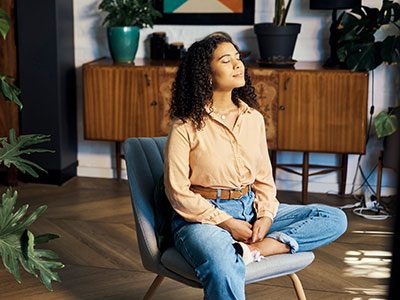

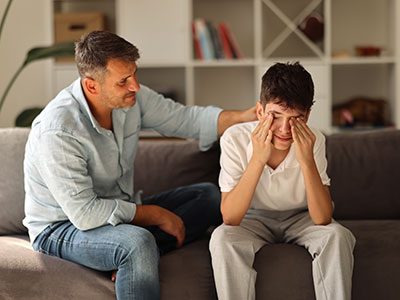
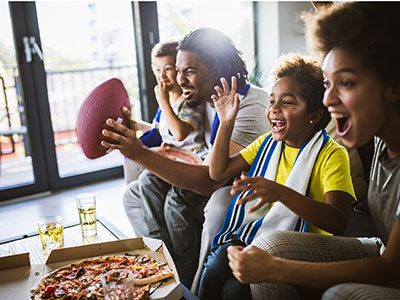

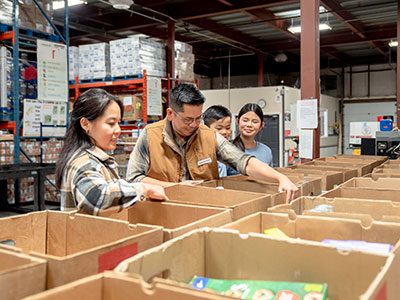
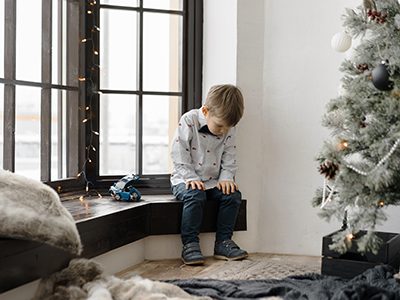
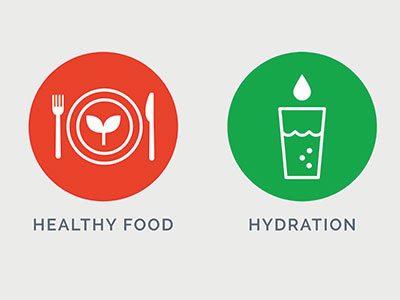


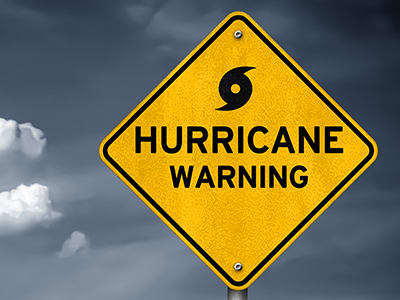
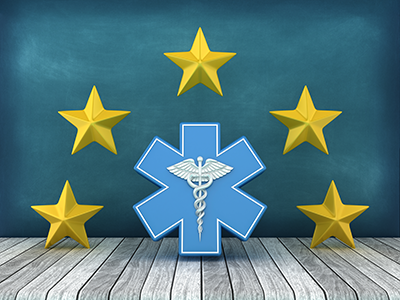
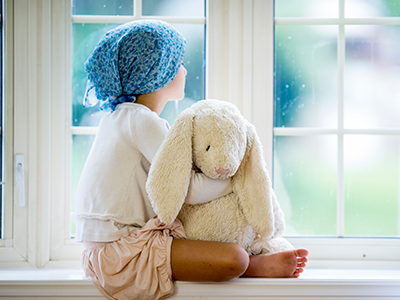
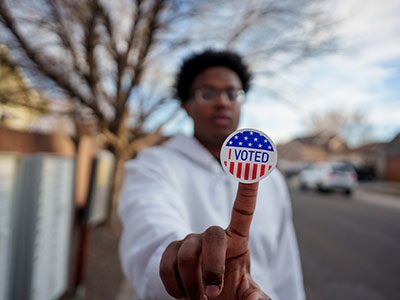
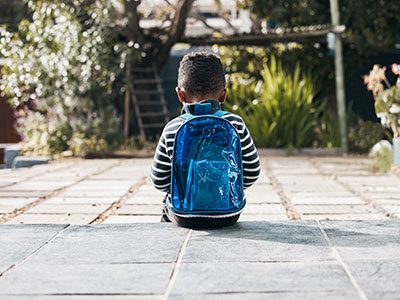
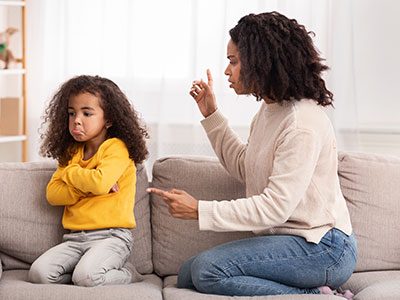
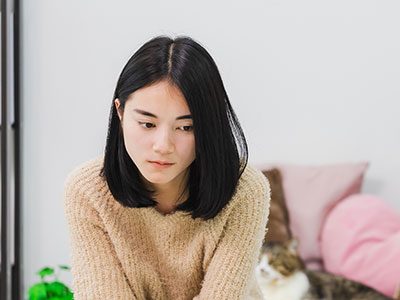

Leave a Comment
Want to join the discussion?Feel free to contribute!